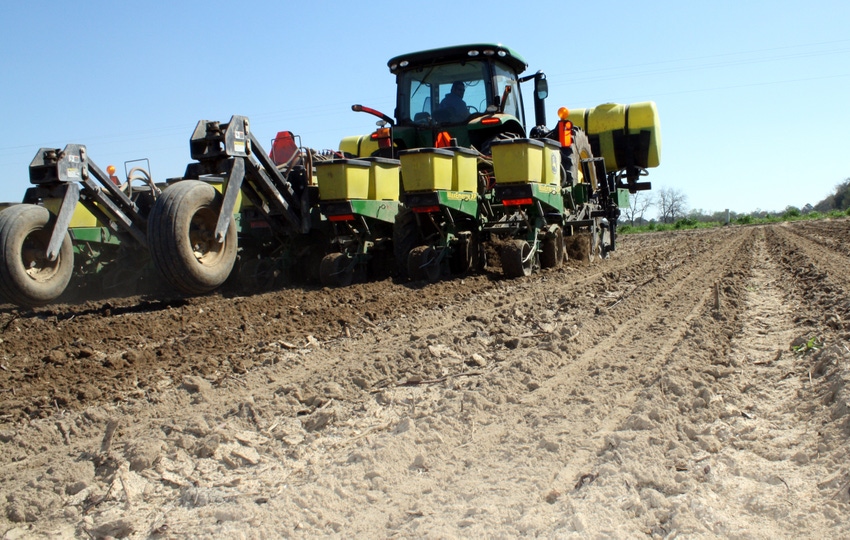
Enthusiasm begets enthusiasm. Have you been infected? Will the rocky economic landscape of U.S. agriculture smooth out sooner rather than later?
The February check-in on the Purdue/CME Group Ag Economy Barometer painted a rosy picture of farm fiscal fervor not seen in most parts of the ag sector for going on three years. Punxsutawney Phil’s shadow predicted 6 weeks more of winter. Can this ag barometer’s goodwill indicate a thaw to chilly economic times or be the herald of sunnier returns on the farm?
The barometer, based on a monthly survey of 400 agricultural producers from across the U.S., reached 153 in January, 21 points higher than December’s survey and 61 points higher than in October. “Ag producers’ sentiment in January was not only the most positive recorded in the Ag Economy Barometer’s history, but it was also the biggest month-to-month sentiment change since data collection began in October 2015,” the ‘barometer’ says.
The claim of renewed gusto seemed fanciful at first glimpse. Then I thought about it. Bad commodity prices pinched off profit margins in the last two years, but most agriculture economists I’ve heard from or spoken to this winter offer guarded enthusiasm going forward. If a farmer managed a profit in 2016, good on him, and he’ll likely do OK in 2017. But if he didn’t break the even last year, it will be tough to do so in 2017 without some changes or help. There will be pricing opportunities this year and ways to spread risk and grasp profit.
To counter the scale, tempered times might still be ahead. The USDA Economic Research Service says net farm income will decline by 8.7 percent in 2017 to $62.3 billion, the fourth consecutive year of decline after reaching a record high in 2013. If the forecast holds true, farm income in 2017 when adjusted for inflation will be the lowest since 2002. Net cash farm income, according to the agency, is forecast to rise by $1.6 billion to $93.5 billion from the 2016, an increase of 1.8 percent. The difference between the two profitability measures is expected to increase in 2017, largely due to an additional $8.2 billion in cash receipts from the sale of crop inventories.
So, there’s a glimmer of not-so-bad news flavored with some realism on the 2017 horizon.
Maybe the Purdue barometer is quantifying what is the annual spring zeal most farmers experience as planting approaches. There is no such thing as a truly pessimistic farmer. The physical and emotional practice that is farming is enough proof of that.
Or maybe the barometer is capturing a feeling such as this: “There’s a better-than-even chance the parachutes got packed correctly. What the heck, let’s jump and smile about it until we know different.”
Some economic indicators, at least for the Southeast, point to better times. Early peanut contracts this year are much better than last year at this time, mostly due to what has been revealed to be a much tighter market going in to this season. And cotton prices nestled in the 70s so far this year has captured positive attention, if not yet committed acres.
Is 2017 the turnaround year for the U.S. farm economy? If nothing else, maybe we’ve skipped off the bottom. Either way, here’s an enthusiastic glass-clink to zealous confidence, good planting weather, an obliging growing season and a profitable harvest this year. It’s happened before, and it can happen again.
Good luck, take care and thanks for reading.
About the Author(s)
You May Also Like






